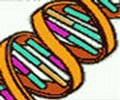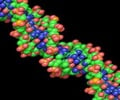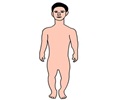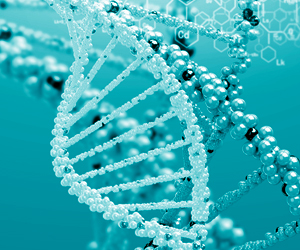Researchers at University of Basel have discovered a gene regulatory switch that played a key role in the evolutionary adaption of limbs among ungulates.
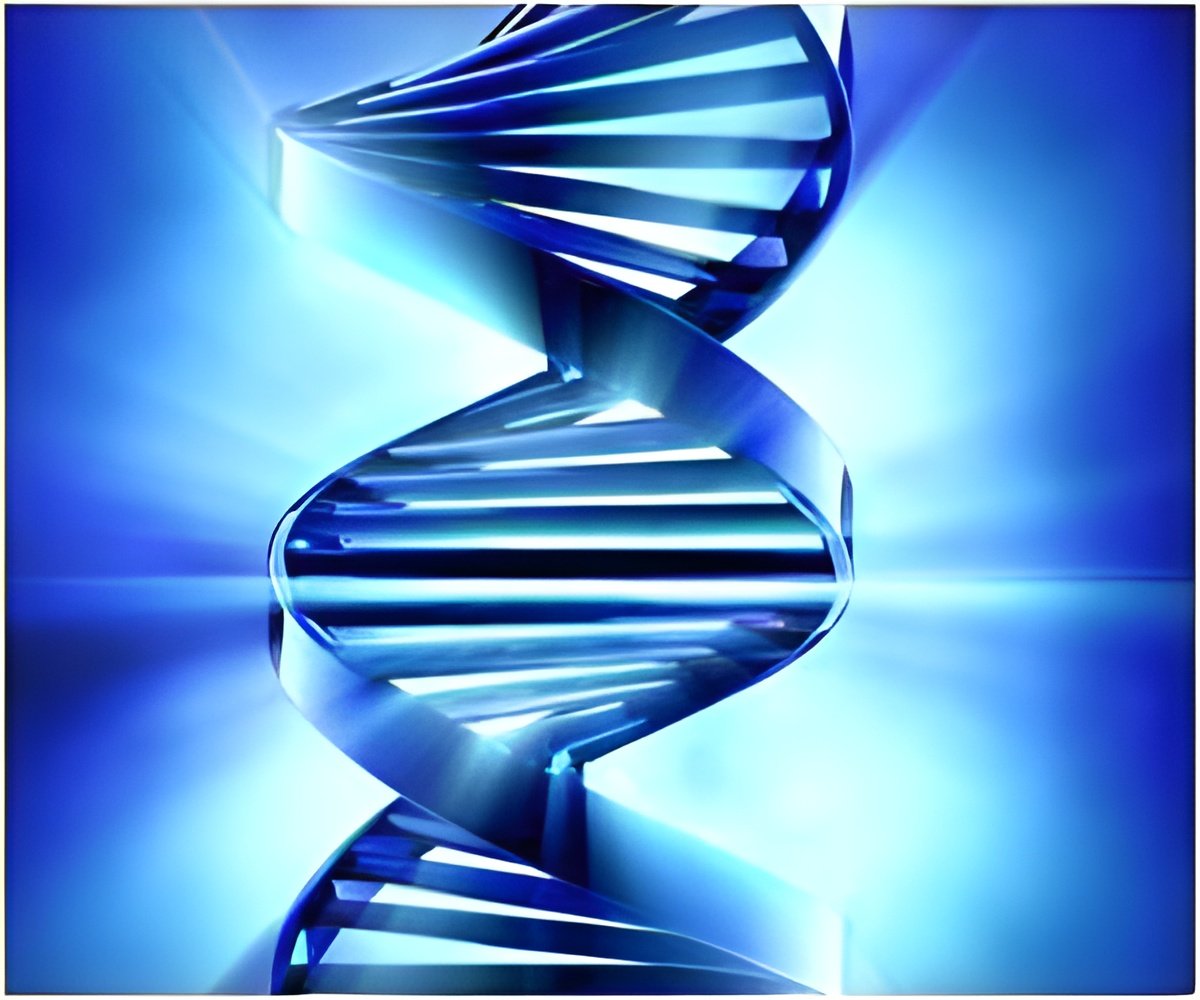
Comparative analysis of embryonic development
A team led by Prof. Rolf Zeller from the Department of Biomedicine at the University of Basel has now investigated the molecular changes which could be responsible for the evolutionary adaptation of ungulate limbs. To this aim, they compared the activity of genes in mouse and cattle embryos which control the development of fingers and toes during embryonic development.
The development of limbs in both species is initially strikingly similar and molecular differences only become apparent during hand and foot plate development: in mouse embryos the so-called Hox gene transcription factors are distributed asymmetrically in the limb buds which is crucial to the correct patterning of the distal skeleton. In contrast, their distribution becomes symmetrical from early stages onward in limb buds of cattle embryos: "We think this early loss of molecular asymmetry triggered the evolutionary changes that ultimately resulted in development of cloven-hoofed distal limb skeleton in cattle and other even-toed ungulates", says Developmental Geneticist Prof. Rolf Zeller.
Loss of asymmetry preceded the reduction and loss of digits
The scientists in the Department of Biomedicine then focused their attention on the Sonic Hedgehog (SHH) signaling pathway, as it controls Hox gene expression and the development of five fingers and toes in mice and humans. They discovered that the gene expression in limb buds of cattle embryos is altered, such that the cells giving rise to the distal skeleton fail to express the Hedgehog receptor, called Patched1. Normally, this receptor serves as an antenna for SHH, but without Patched1 the SHH signal cannot be received and the development of five distinct digits is disrupted. The researchers could establish that the altered genomic region – a so-called cis-regulatory module – is linked to the observed loss of Patched1 receptors and digit asymmetry in cattle embryos.
Advertisement
Advertisement

